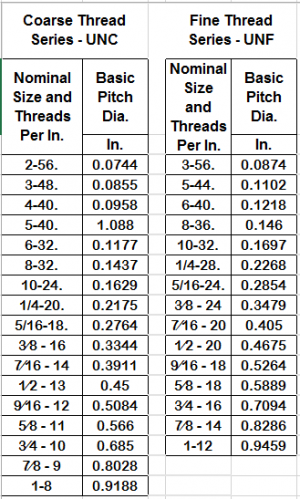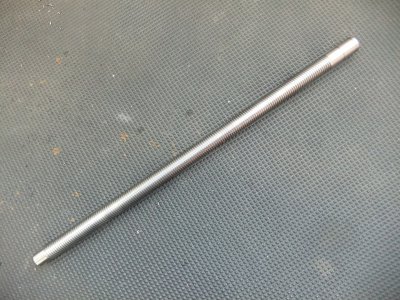While we're on the subject of thread measurement, I will pass along the formula for an over-wire method used on 29° Acme and Stub Acme threads.
(4.9939 x Wire Diameter)-(1.9934 / TPI) + PD
This will give the over-wire target, or if you work it backwards, obviously give you the PD. You choose the Best Wire size yourself, if you don't have a chart for that. The closer you get to contacting the flanks of the thread at the pitch point, the better, but you must be able to contact the wire before the crest of the thread. That's the only real constraint. Of course, you can use a huge wire and not even get down into the thread and this is useless. But getting as close to mid-point contact is helpful.



